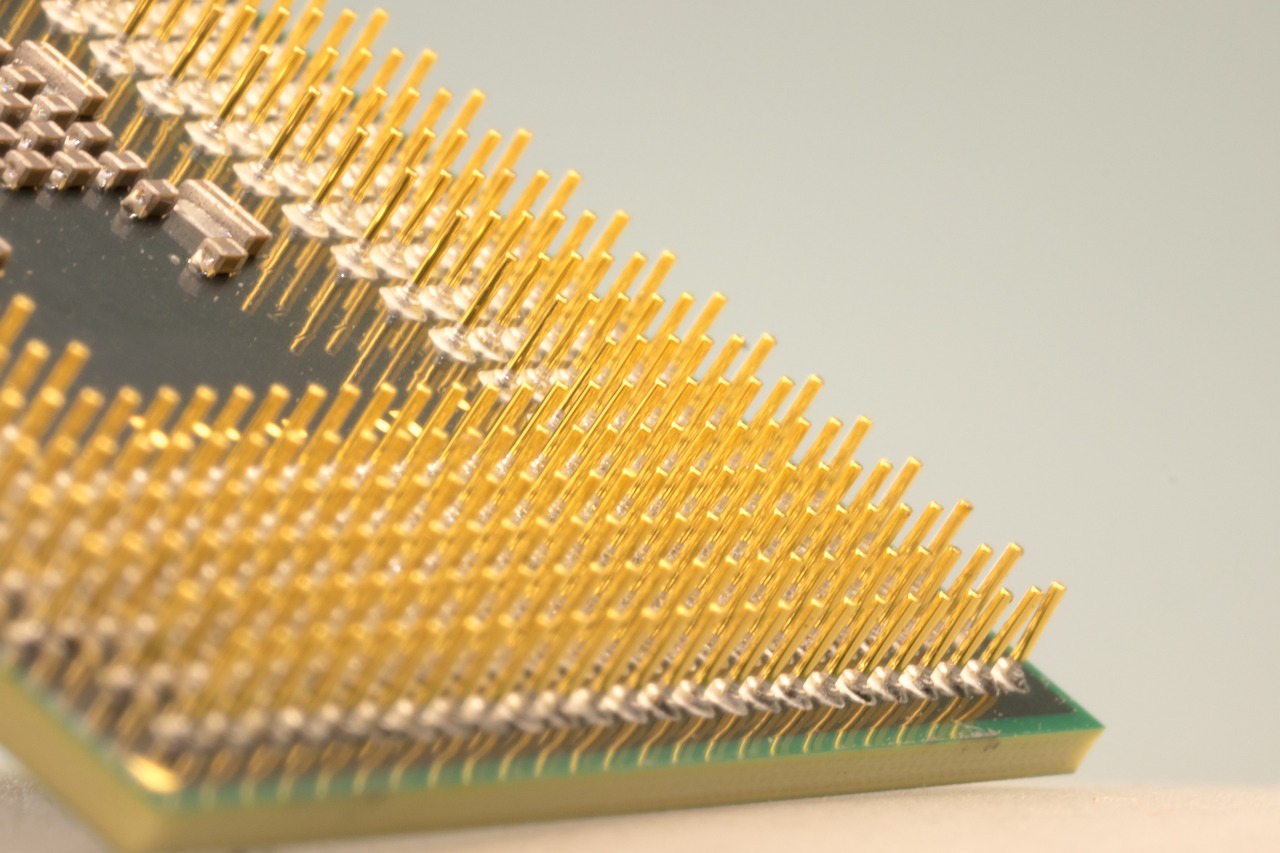Researchers in the 21st century have crafted a semiconductor from the marvel material, graphene, promising smaller, more efficient, and faster electronics.
American and Chinese researchers have successfully developed the world’s first graphene-based semiconductor. Graphene is essentially a lattice of carbon atoms or a single-atom-thick layer of graphite, possessing unique physical properties that earned its discoverers the Nobel Prize in Physics in 2010. Building transistors from graphene is particularly appealing due to its potential for producing high-performance computing technology.
Until now, creating a semiconductor from graphene proved challenging because it conducts electricity exceptionally well and lacks a “bandgap.” The bandgap is crucial for the movement of electrons: it is impassable in insulators, negligible or absent in conductors, and so narrow in semiconductors that, with sufficient energy, electrons can traverse it. Silicon carbide, commonly used in today’s chips, is popular for its adequately wide bandgap.
Table of Contents
Graphene Chips
Researchers from the Georgia Institute of Technology and Tianjin University achieved this breakthrough using a material called “epigraphene.” Epigraphene is a layer of graphene that forms on the surface of silicon carbide crystals after silicon sublimates at high temperatures.
After burning and cooling the graphene layer placed between two silicon layers using a unique process, measurements revealed not only semiconductor properties but also significantly increased electron mobility within the material. It’s worth noting that scientists are intensively studying graphene for its possible use as a superconductor due to its unique properties. The enhanced electron mobility in this case means that electrons encounter less resistance in the material, resulting in less heat generation. As a result, this new semiconductor is capable of delivering ten times the clock speed of traditional silicon chips without overheating.
Walter de Heer, the leading professor in the research, stated that when combined with conducting graphene, much smaller terahertz devices can be built, marking a paradigm shift in computing.
The researchers are already working on the next step: the details of mass production. Professor De Heer believes there’s no obstacle to manufacturing single-layer chips but cautioned that, akin to the 35 years between the Wright brothers’ first airplane and the first transatlantic flight, they are currently at the stage where the Wright brothers once stood.
source: index.hu
Differences Between SSD and NVMe Drives: Types and Advantages
In the realm of storage technology, Solid-State Drives (SSDs) have revolutionized data storage with …
10 Lesser-Known Facts About Quantum Computers
Quantum computers, with their promise of revolutionizing computation by harnessing the principles of…
Decoding Computer Brains: AMD, Intel, Apple M, and ARM Chips
In the realm of computing, the heart of any device lies in its central processing unit (CPU). Four m…


